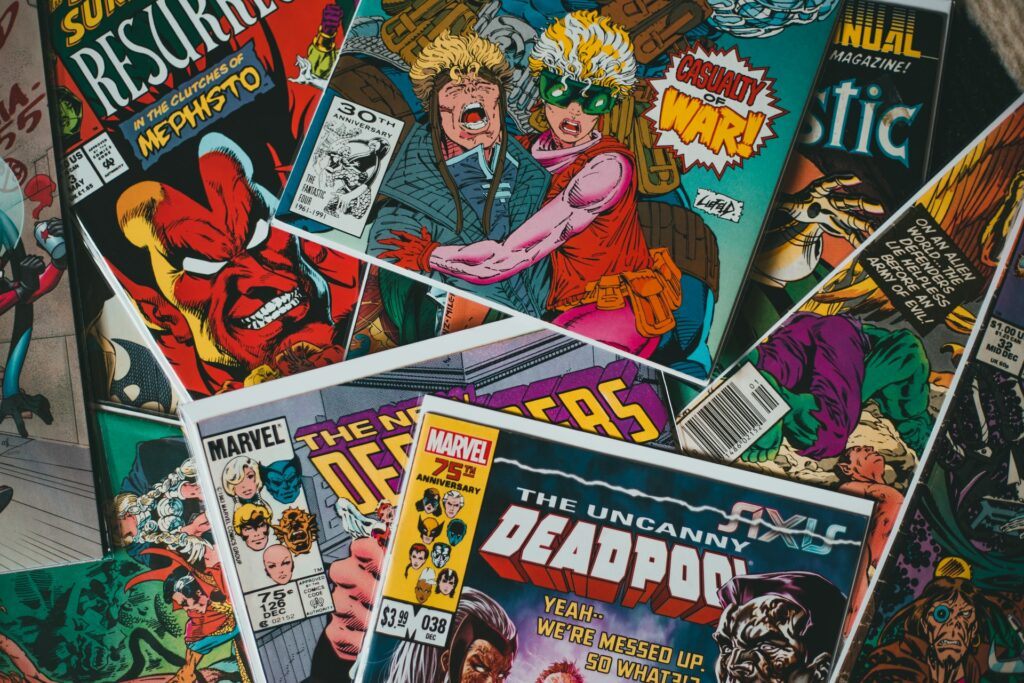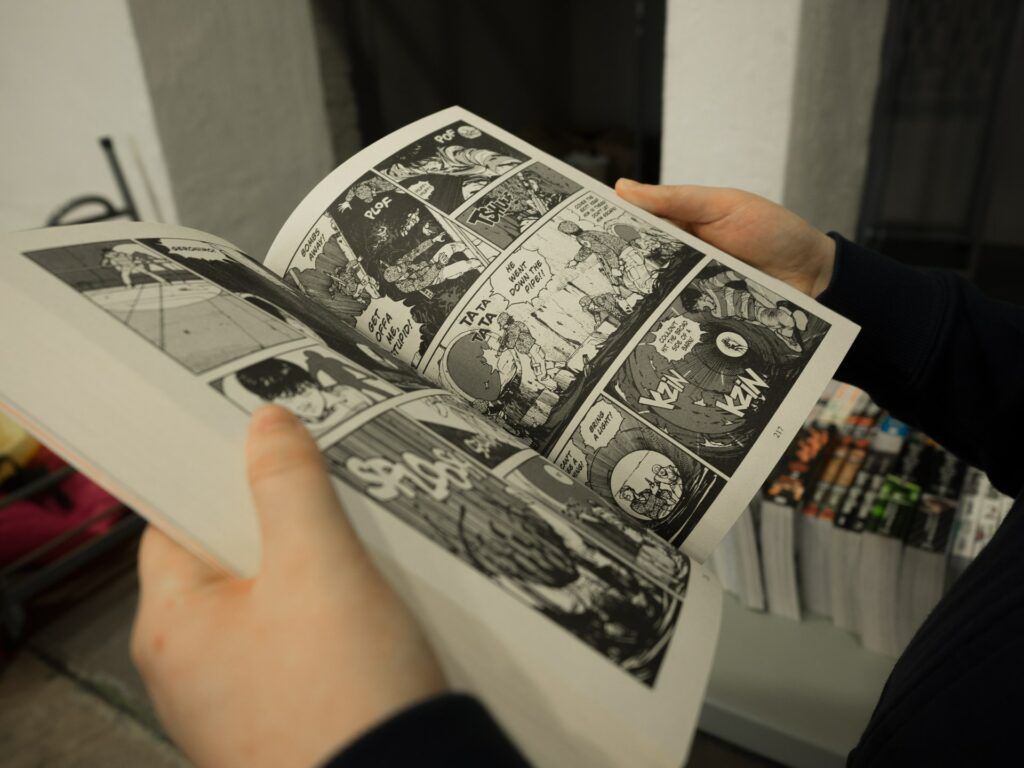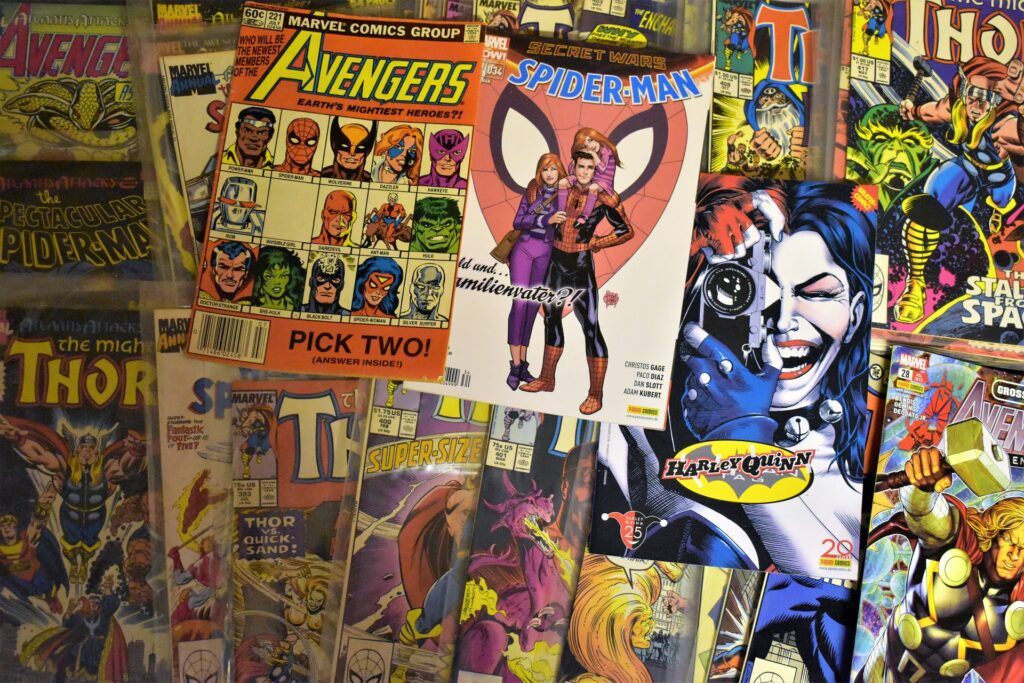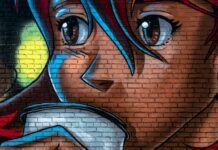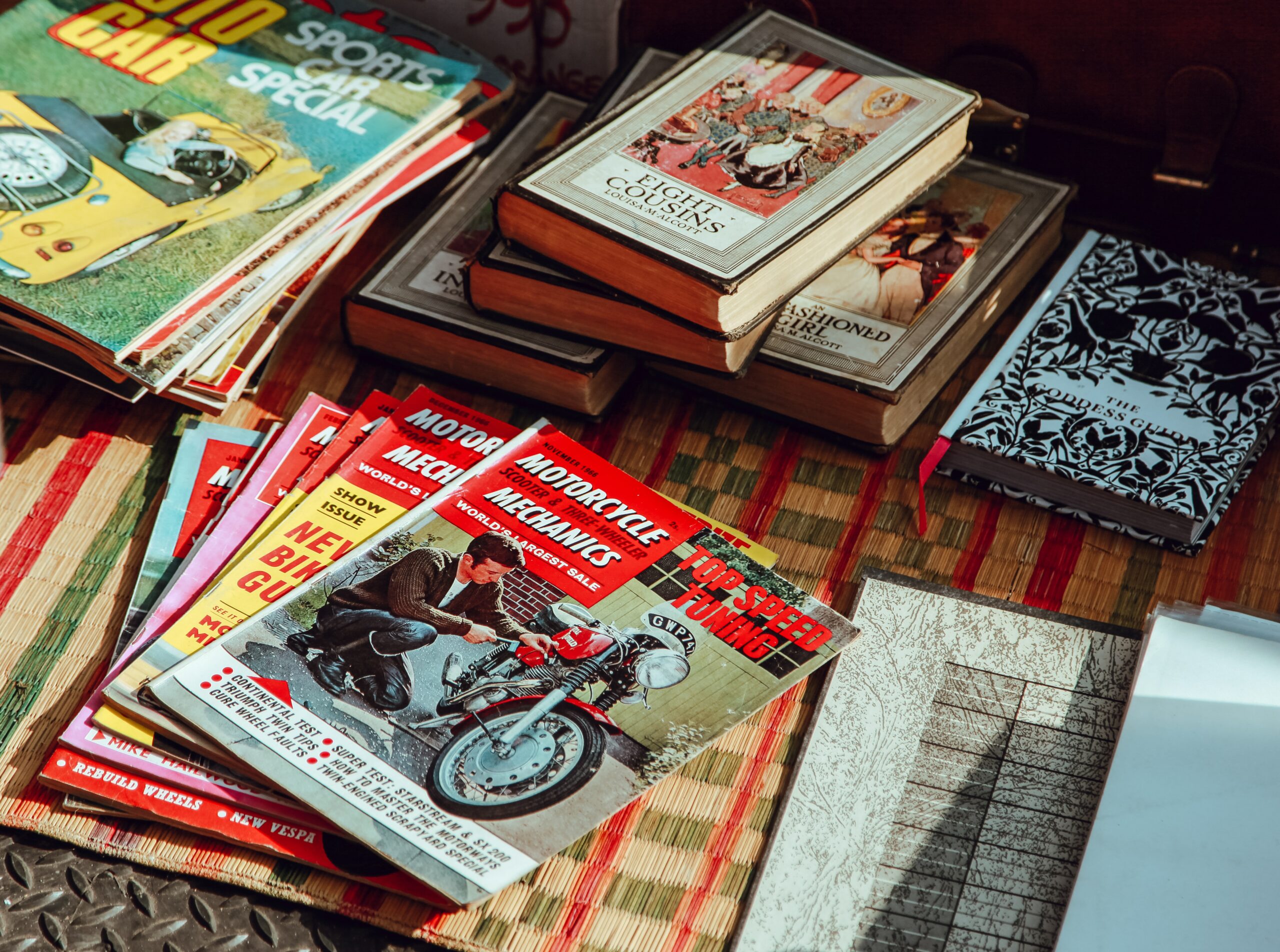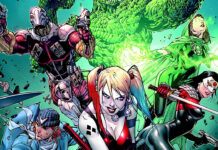Introduction:
You’re probably reading this guide because you enjoy reading comics for beginners and reading comics books. I’m willing to wager that you’re one of the few people who truly enjoys reading comic books.
That you’ve been enough motivated to embark on a career as a comics creator in some manner. Either you’ve picked up a pencil to jot down ideas that have come to you as a result of years of reading.
Have you started drawing characters from your favorite books?
You’ve made a literal and creative leap of faith in some form or another. However, it is still several years away from grasping its fundamentals. My purpose stays the same regardless of the perspective you read this article from.
I’d like to make the prospect of beginning your own comic less intimidating.
What motivates you to make comics?
I can’t give you that answer since I can’t locate it, so I’ll just give you some reasons why you should draw comics if you’re on the fence. First, a quick rundown on the fundamentals of how a comic is created. Someone writes it, another draws it, other colors it, and so on.
Due to the historical division of these jobs. In most cases, comics are a collective effort. In most cases, a book is the result of the combined efforts of multiple persons.
Many people recommend that you become an expert in one of these subjects and then use your portfolio of samples to gain work on a presently published book. This advice will result in a slew of answers to the “why” question.
The recommendation is as follows: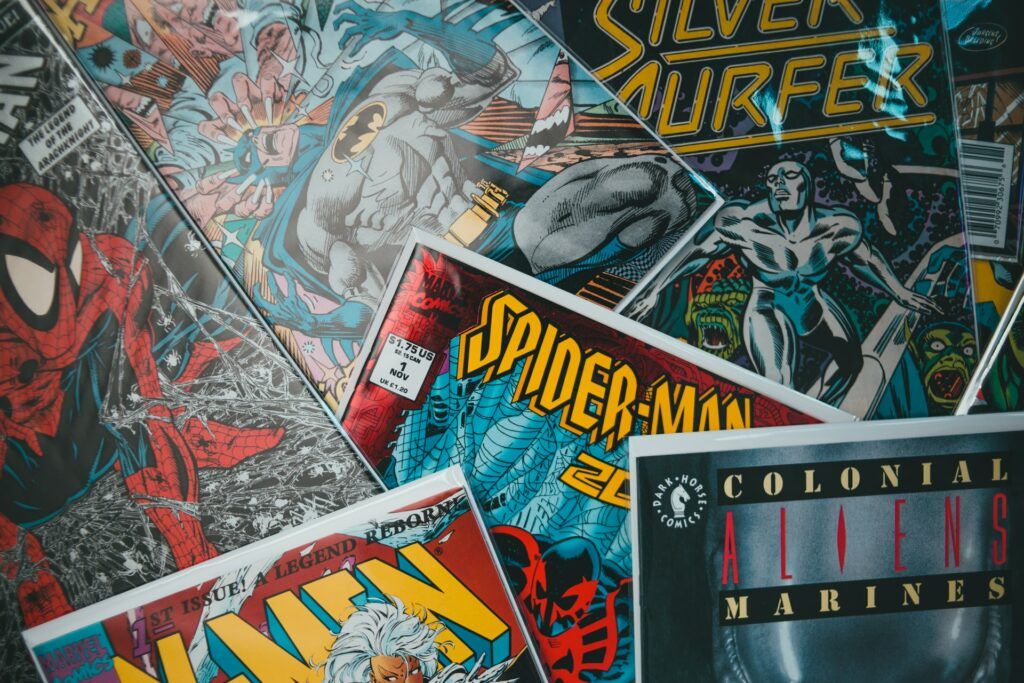
This “generalist” mentality entails attempting to comprehend the entire process from start to finish. If you’re creating your own comic book, you’re almost certainly also writing it.
And, in some cases, such as mine, I’ve chosen to have complete control and be the sole author of the book. This is what I refer to as a “comic generalist” mentality. It is the essence of comic book creation.
You can now be more confident that the judgments you make at each level are correct. Another compelling incentive to begin your own book is one of these processes in particular: writing. When it comes to drawing comics, this is the opposite side of the creative coin.
How can you sketch a tale if you don’t have a story, to begin with?
Before you begin drawing, you must first conceptualize, break down concepts, plan, and even compose a full script. However, if you spend months planning, writing, and fleshing out a story that you enjoy.
Finally, the most crucial reason to make your own comic, in my opinion, is to become invested in your work. I guarantee you’ll be far more invested in the ultimate appearance of your artwork. Of course, they won’t be flawless when they’re done, but they’ll be yours, tale and all.
Why do you want to reading comics?
Everything is built on this foundation! Any behavior becomes meaningless if there is no “Why” behind it. So, before you start drawing comics or even thinking about it, you need to figure out your own “Why” and remember it.
The Atlantic Ocean:
”The huge ocean” stands between the character and her objectives. Your aim is to make this hurdle represent anything directly related to the theme while also being the most difficult to conquer. The protagonist’s journey revolves around getting over this ocean. To identify your character’s ocean, I recommend using irony and logic.
Using a Theme as a Guide for reading comics for beginners:
After you’ve seen the links take shape, you’ll notice that they’re sprouting prospective characters with various purposes. Start looking for the underlying subject by reading between the lines. Finally, I chose the theme because I felt strongly that its message should be spread. Star Circuit was written on multiple occasions, each time focusing on a different theme.
The next step is to come up with a logline based on your theme and discussed ideas. A logline is a story that is described in the fewest possible words.
What do you do first?
Trying to create a comic story without at least a clear concept of where the plot is headed is a fool’s errand, as I’ve hinted before. As a result, the first thing you should take is to write.
You must first be motivated to write a story before you can write one. It’s the only way you’ll care about making the comic in the long run, especially when things get rough and you’re running out of steam.
The people who are hidden beneath the veil are the ones you should pay attention to. As far as we’re concerned, the authors and artists who created your favourite characters are actual superheroes.
Starting with the Bookends is a good place to start. The beginning and end of your story are what I mean by bookends.In fact, like bookends, the beginning and conclusion should resemble one other.The main character’s transformation should be the only distinction between the two.
What has changed in the character to warrant the story’s existence in the first place?
Those are the details that must be figured out in order for the plot to be worthwhile.
Make a list of the beats:
Breaking down your storyline into three acts, and then even further into story beats, is a valuable tool for story development. The Three Act format is a well-known arrangement for any story intended to captivate people. To put it another way, the subject is built on the Before, During, and After.
Make a plan:
A diagram timeline is another fantastic approach to arrange and outline your story. Every important part of the story has a beginning and an end, as you can see. The primary plot, the character, the sub-plots, and the subject are all examples of these.
Building the World the Right Way:
As described by Alan Moore in his book Writing for Comics. In order to describe your universe in your comic, you must use an intuitive and subtle approach.


